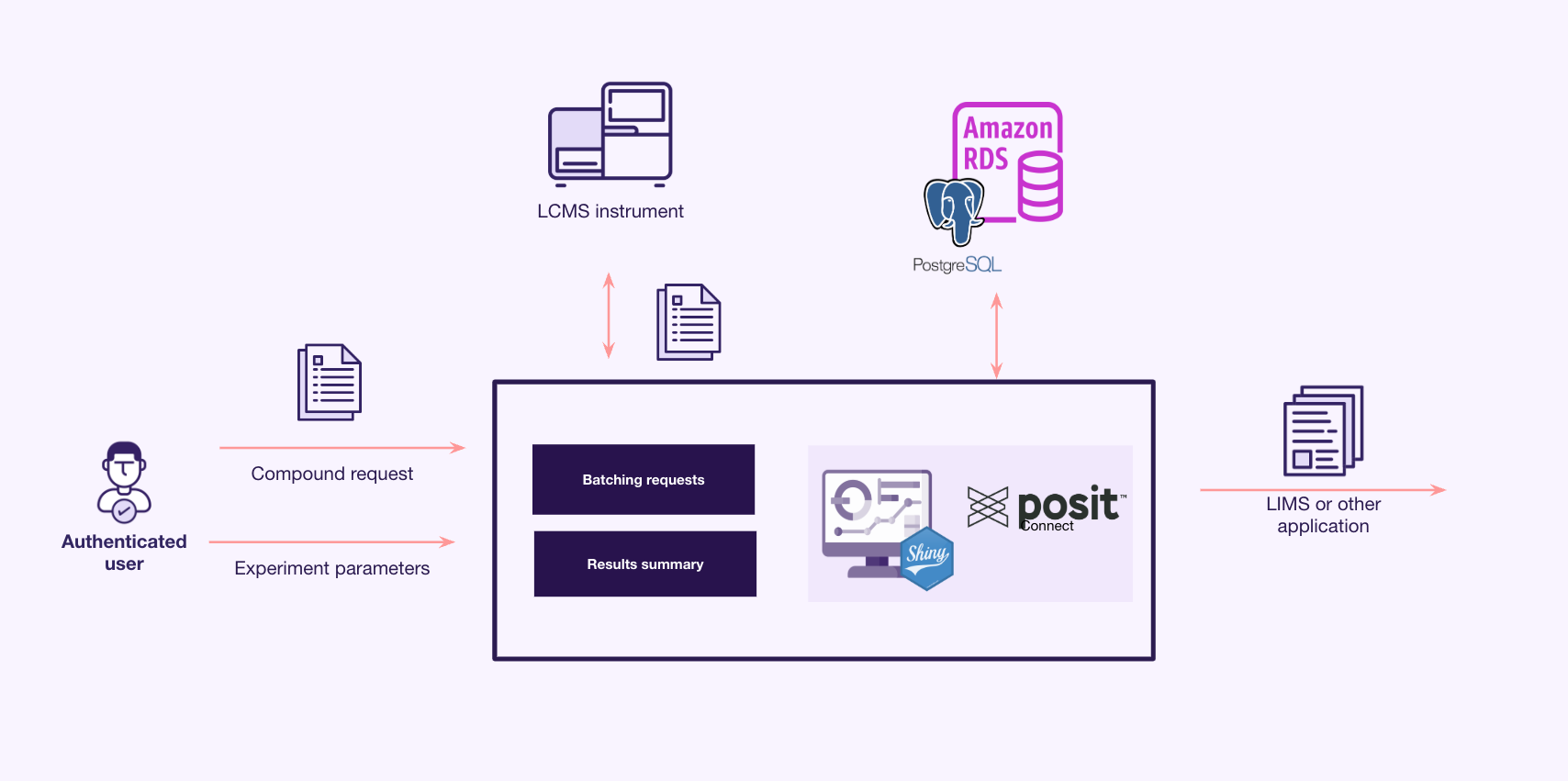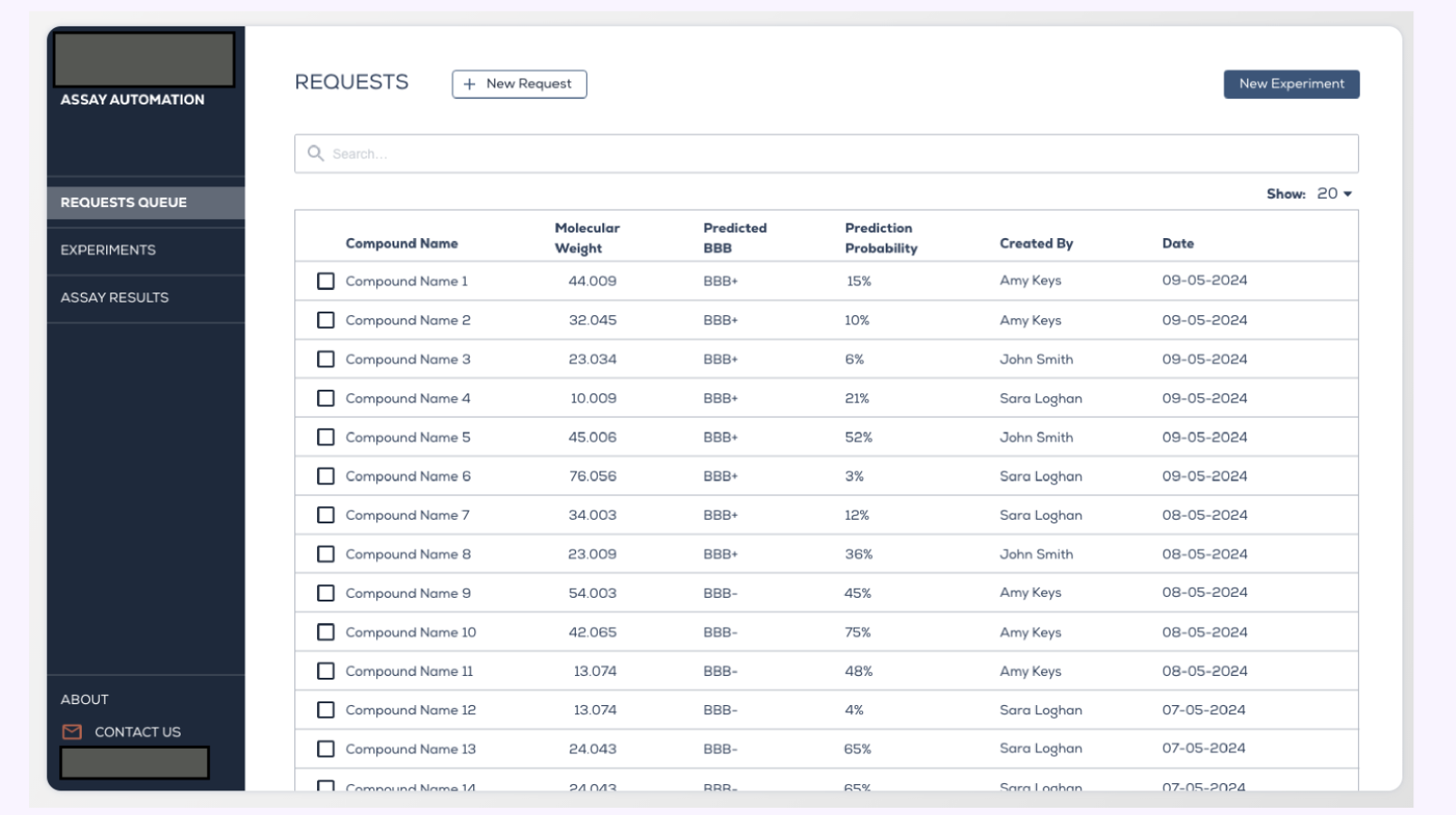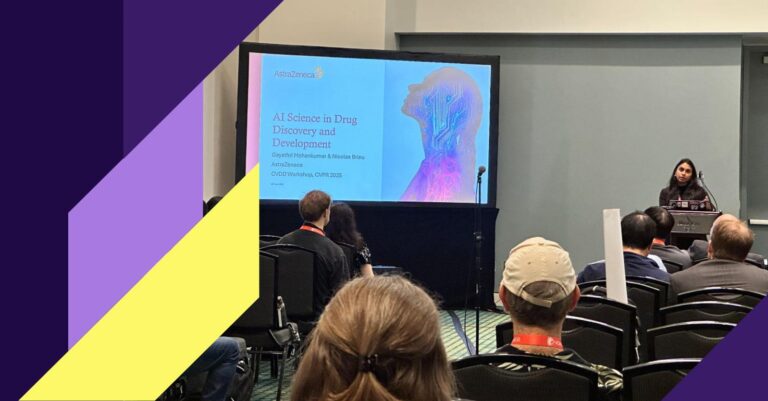How a US biotech company optimized data processing and workflow integration?
Assay data processing is a crucial but often time-consuming step in biotech research. Many companies struggle with slow data transformation, inconsistent workflows, and limited flexibility for new analyses. A US-based biotech company needed a faster, more reliable way to process assay data while ensuring seamless integration with third-party applications.
Challenge
The company faced several key obstacles in their assay automation process:
- Slow data processing made it difficult to handle large volumes efficiently.
- Limited flexibility in adding new types of assays over time.
- Lack of seamless integration with external tools and applications.
- Inconsistent assay data sources, causing inefficiencies in workflow management.
They needed a cloud-native solution to automate assay data transformation and create a centralized, extendable source of truth for assay results.
Approach
To tackle these challenges, the company implemented a scalable assay automation platform, leveraging modern cloud technology. The solution included:
- Automated Data Processing: Transformed raw assay data into a structured output for third-party applications.
- Extendable Architecture: Designed to accommodate new types of assays in the future.
- Seamless Integration: Ensured smooth data flow between lab instruments, LIMS, and other applications.
- Cloud Deployment: Built with a cloud-native approach for flexibility and scalability, using:
- RShiny & Posit Connect for user-friendly data visualization and sharing.
- Robust APIs to facilitate seamless data exchange.
- PostgreSQL (AWS RDS) for secure and scalable assay data storage.
This fit-for-purpose tech stack allowed for fast-paced development while incorporating user feedback to enhance functionality.

Results
The assay automation system delivered substantial improvements:
Faster Data Processing: Reduced turnaround time for assay analysis.
Greater Extendability: Easy to add new assay types without disrupting workflows.
Streamlined Workflows: Improved data consistency and seamless integration with third-party applications.
Scalable Cloud Infrastructure: Ensured the system could grow as experiments and data needs expanded.

Assay Automation – User Interface
By developing a cloud-based, automated assay processing system, this biotech company significantly improved its research efficiency. Scientists now benefit from faster data transformation, a more flexible analysis framework, and seamless workflow integration. This case study highlights how the right combination of automation and cloud technology can revolutionize biotech research.



